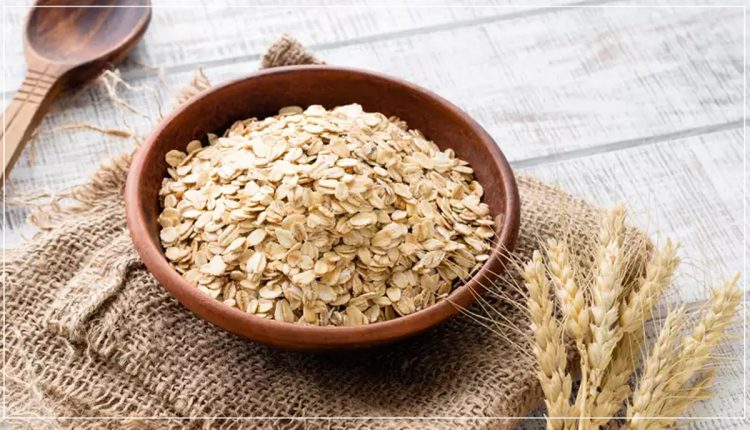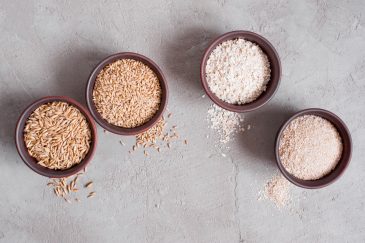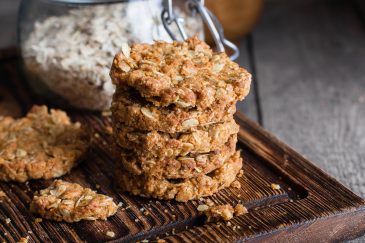
Are All Oats (Jai) Good For You?
Find out if you’re eating the right type of oats because understanding labels isn’t always easy
Oats have jumped on the trend wagon recently. There were previously often regarded as bland porridge or food for the sick. However, as the world is looking towards healthier and better food options, oats have come up as the healthiest grain to consume. Find out why it’s good for you and how you can differentiate among the many different types of oats that appear on oat packages.
What you need to know about oats
- Oats have tons of dietary fiber- specifically beta glucan
- Lowers blood cholesterol
- Controls blood sugar
- Aids in weight loss- since oats keep you feeling full for a longer period of time
- They are anti-inflammatory and have anti-oxidant effects
- Great source of B vitamins, magnesium and vitamin E
- All types of oats have the same basic nutritional properties
- They are naturally gluten free (but may be grown in fields where crops containing gluten are grown)
- They are cost effective- as opposed to quinoa and similar grains

Oats in their most natural form, after being hulled, are known as oat groats. These are further processed into different forms to facilitate cooking.
Steel Cut Oats
Steel cut oats are oat groats that have simply been cut into smaller pieces therefore retaining most of the original nutritional elements. These take longer to cook, are chewier in texture and absorb less water.
Use for: stews, soups, haleem, overnight oats (they will still require cooking)
Rolled Oats
Rolled oats are flattened oat groats that have been steamed. This further helps in reducing cook time while retaining a plump texture. These are also known as old-fashioned oats and are the most common type of oats found in the market
Use for: porridge, streusel muffins/apple crumble, energy bars
Quick cooking oats
These type of oats are cooked, dried, cut and flattened more than rolled oats. They retain some texture.
Use for: No bake bars, oat pancakes, to replace breadcrumbs for frying
Instant Oats/Quick cook oatmeal
These cook up very quickly- 2 minutes. However, they are the most processed of all oats. This does not greatly diminish the benefits of oats but results in an almost gummy texture. Read labels for added ingredients.
Use for: quick breakfast option
Instant Oatmeal
This is the one type of oatmeal you should be weary of. Usually calls for hot water/milk to be added, and your bowl of oatmeal is ready. These usually come in a variety of flavors and ergo, added sugars.
We hope this made choosing the right type of oats easier for you!


